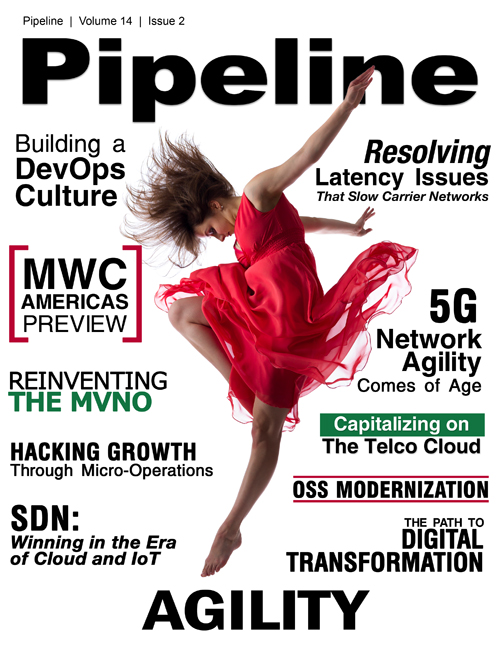Digital Checkup: Where are you on the path to digital transformation?
- Is our digital content experience easier to navigate than others?
- Do we offer content packages including a wide range of Internet TV services, such as electronic sell-through, transactional video-on-demand and subscription video-on-demand, as well as live linear, extended live linear and live programming?
- What about a mix of streaming and live programming, or the option to purchase digital and traditional services bundles?
- Do we offer the features and functions that consumers now consider to be table stakes in today’s digital economy, such as personalized recommendations and offers, support for myriad devices and operating systems and multiple ways to pay for service on the go?
CSPs are competing for consumer loyalty amid the harsh reality that relative newcomers like Netflix and Amazon are taking the lead on innovating with new digital services. Falling behind — or even failing to stay ahead — in the race to digital transformation means surrendering the customer base (and corresponding loyalty and revenue) to the increasing amount of nimble, cutting-edge, over-the-top (OTT), web-scale providers.
The path to digital transformation is filled with hurdles for CSPs, including the looming question of what to do with legacy back-office systems that do not provide the support needed to compete with and monetize the real-time, multi-device, personalized and actionable digital services offerings demanded of them.
Some CSPs are caught treading water with disparate technology stacks for different use cases, resulting in a disjointed service experience that instead of capturing customer loyalty, sends consumers elsewhere.
Evolving legacy architectures can often be twice as costly for service providers and comes with a higher potential of introducing hidden risks, such as failure to integrate the new with the old, wasting time and money. Or, failure to uphold monumental PCI compliance, which can result in millions of dollars of fines and an incalculable loss of reputation.
Rip-and-replace is not the answer, as it generates the same amount of risk and an equally low return on investment. According to McKinsey, large system transformation programs typically overrun their budget by 45 percent and deliver 56 percent less value than expected.
Consequently, to innovate in today’s landscape, and to do it fast, CSPs must find new ways to both manage the existing business and innovate for tomorrow. To bridge the gap between old and new, to run new and old stacks in parallel, many CSPs are taking the next step on the digital transformation journey: leveraging the cloud.
Lighten Up With the Cloud
Software-as-a-Service (SaaS) and other cloud-based platforms equip service providers with the flexibility required to transition to digital services. Without adding extraordinary amounts of time, resources, complexity and cost, cloud-based platforms enable CSPs to deploy a separate stack that integrates with their existing legacy systems. These platforms serve as the bridge between legacy and the future, reducing potentially millions-of-dollars in costs and dramatically speeding-time-to market.





















